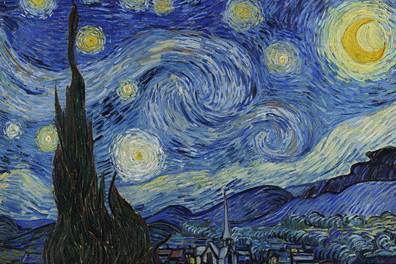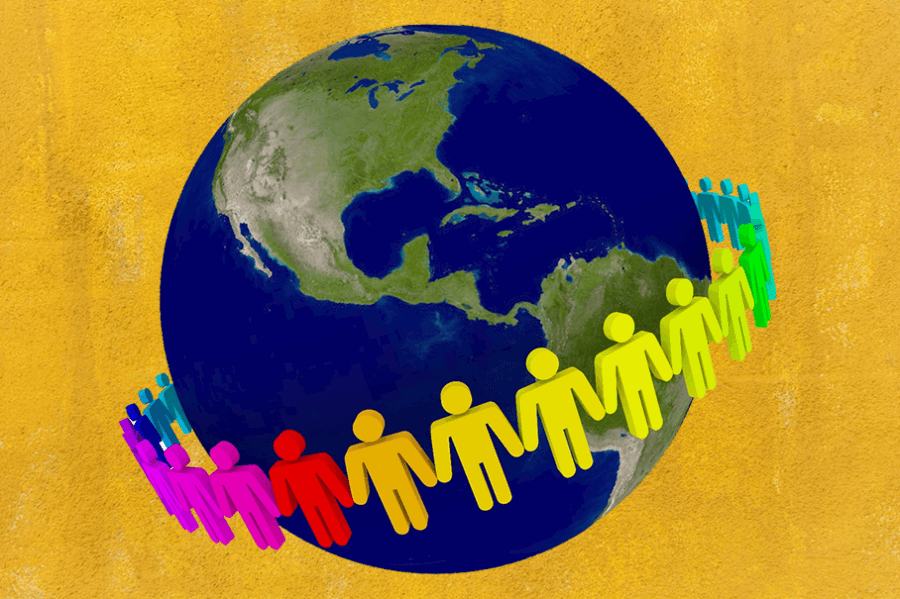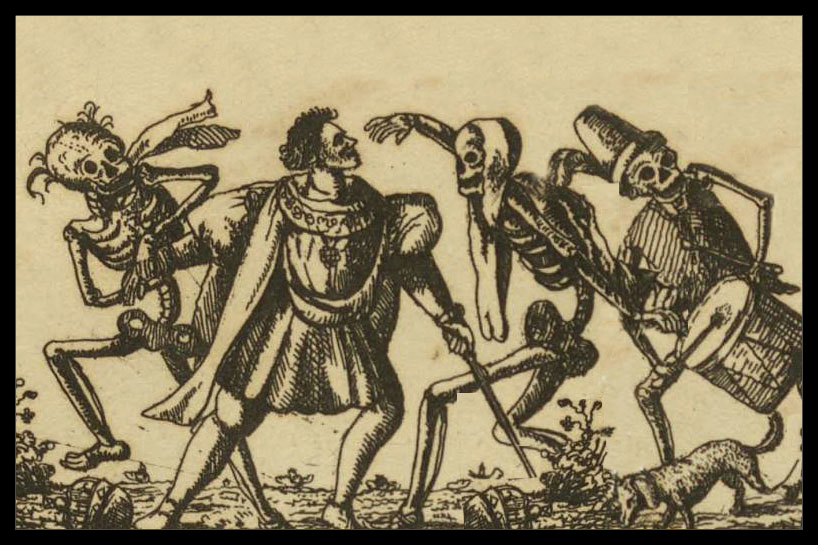Due To Racism
Several years ago, I began my personal pilgrimage, which wasn’t the walk across Northern Spain called the El Camino de Santiago. My pilgrimage consisted of touching base with my medical doctors. At 78, I have more than a handful of medical doctors. While I have a couple white doctors, the majority have been black, Hispanic, Asian, or Middle Eastern Muslims.
To be honest with you, I’m irked by how many Americans discriminate against anyone that isn’t white. Racism and xenophobia are based upon the assumption that white Americans are superior to the rest of the world. My pilgrimage started with my neurosurgeon, who saved my life. I had fallen off a ladder, which caused a traumatic brain injury. The photo on the left is of me after surgery. The neurosurgeon’s parents or grandparents came from the Middle East and were Muslims. I also went to an oncologist for prostate cancer that had metastasized outside of my prostate. His ethnic background was Chinese. After two months of radiation, the cancer is gone…but not me. I also thanked him for saving my life.

My thanking doctors wasn’t limited to life-threatening events. I apologized to three cardiologists that I have seen over the past two decades. One was a Hispanic male, another was a black American female, and my most recent cardiologist was an American with Asian predecessors from India. My internist’s parents or grandparents were from China, one of my eye doctors was from India, my dentist was from Korea, my podiatrist was from the Middle East and was a Muslim. All of these doctors have heard my mea culpa.
I have successfully lead death on my dancefloor of life thanks to medical people, most of which aren’t WASPs, white Anglo-Saxon Protestants. Enter Ginger. Ginger is a four-and-a-half-year-old Irish Setter. In the past two years, she has been to the Purdue Veterinary Hospital three times. The last hospitalization was last month. Ginger was a patient there for three days, one of which was in the hospital’s ICU while being fed with IVs. She hadn’t eaten for several days.
Dr. Haginoya, the emergency room doctor, admitted Ginger. After he told me the treatment plan for Ginger, I told him that I wanted to apologize to him for how many Americans discriminate against Asians. He was from Japan. His care and treatment of Ginger weren’t related to his ethnic background. Dr. Haginoya was just a caring vet.
Dr. Derre dealt with Ginger after being moved from the emergency room. After a couple of days at Purdue. Ginger was ready to return to our home. Dr. Derre and his student, Eryn, met me to go over Ginger’s discharge and treatment plan. When Ginger saw me, she was ecstatic to see me. Dr. Derre gave Eryn Ginger’s leash. She held Ginger at bay with both hands, while he made sure that I understood every detail of Ginger’s treatment plan.

He asked if I had any questions. However, I mentioned this issue of racism and didn’t know whether Dr. Derre has faced discrimination. My comment was more addressed to Eryn than Dr. Derre.
I found myself, an old white guy, venting about racism to a black female student. There aren’t many whites as far to the left on social issues, like racism and sexism, as I am. While that is true, what do I really know about racism in America? Racism isn’t a personal attack against me. I wondered what went through Eryn’s mind as I vented. Racism is a 24/7 issue for her and all the other Americans who are a part of communities of color.
What validity does some old white guy have? It is a paradox. I talk the talk, but I haven’t walked the walk. I’m an old white liberal who essentially is ignorant about racism. While I can talk about the issue with facts but don’t feel racism. It is an intellectual concept but not my life.
As I drove back home with Ginger, my mind flipped back and forth between sheer joy that Ginger was alive and racism. I was a student at Muskingum College from 1961-1965, which was precisely a century after the Civil War. In my freshman or sophomore year at Muskingum, I read Black Like Me by John Howard Griffin.
Griffin was white, but he became black. He spent long hours tanning himself under a sunlamp and took a drug used for a disease called vitiligo, which produced white patches of skin. He did everything possible to be absorbed into the black community. The dermatologist who helped Griffin look black said, “Now you go into oblivion.”
However, it wasn’t as easy as it looked for Griffin to become black. In fact, he asked a black guy for help that used to shine his shoes when he was white. Griffen said that he needed his shoeshine friend to help make “adjustments” with his transformation into being black.

Griffin and his shoeshine friend
Two decades ago, I met Studs Terkel and became good friends with him. Studs was a Chicago icon and an excellent writer. He understood what made people great. He said of Griffin, “Griffin was one of the most remarkable people I have ever encountered. He was just one of those guys that comes along once or twice in a century and lifts the hearts of the rest of us.”
Griffin did an excellent job in his attempt to be black even though he knew he wasn’t. To those in our world who are racists, if you had been kicked around due to your race, you would grasp what communities of color feel 24/7.
Follow @mountain_and_me













